Heat-not-burn cigarettes, or HNB devices for short, are designed to heat tobacco, not burn it. This is the main difference between HNBs and cigarettes.
In the case of HNB devices, they’re designed to heat tobacco to the point at which vaporization occurs and an aerosol–often referred to as a vapor, although not necessarily accurate–is created. This occurs before the point at which combustion occurs.
With combustion, which is what occurs when a cigarette is lit, smoke is created – smoke which is known to carry carcinogens and other toxins that are detrimental to human health. In short, smoking cigarettes is known to cause cancer and a range of other health complications and issues, whereas in comparison, while the science is limited at this time, HNB devices release an aerosol or vapor that contains, at the least, less harmful ingredients than the smoke it looks to replace.
Product Safety
One such device, the IQOS, which is an HNB device made by Philip Morris International, was found to likely be less harmful than cigarettes, according to an FDA preliminary review of the product.
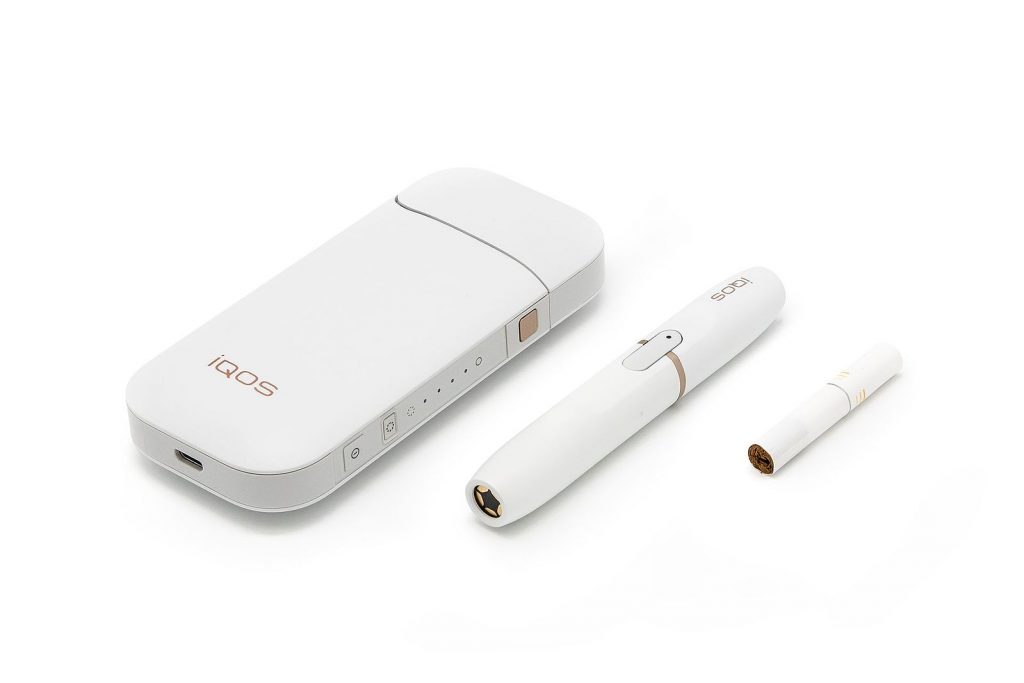
At this time, regardless of the demand for more information on the relative safety of such products, their potential health implications remain unclear.
Heat Not Burn History
HNB products were first introduced in the 1980s, however, they failed to prove a commercial success at the time. Subsequently, they were discontinued. And then vaping came along and with the release and widespread success of electronic cigarettes and other forms of vaporizers, the concept was renewed and once again unveiled to consumers.
The very first heat-not-burn product to be introduced to market was the R.J. Reynolds Premier, which was introduced in 1988. The device, by some accounts, actually took advantage of combustion and was as a result, not a true HNB product by the definition understood today. R.J. Reynolds, its manufacturer, spent over $300 million on it before it pulled it from the market just a matter of months after it was first introduced. This was the end of the Reynolds Premier.
Then, in the mid-1990s, the Premier was re-introduced as the Eclipse, which was available in limited distribution up until 2015 as the Revo – the name that Reynolds America gave it during a “repositioning” effort.
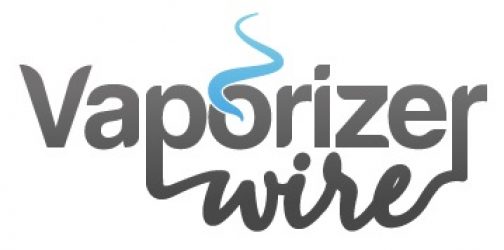
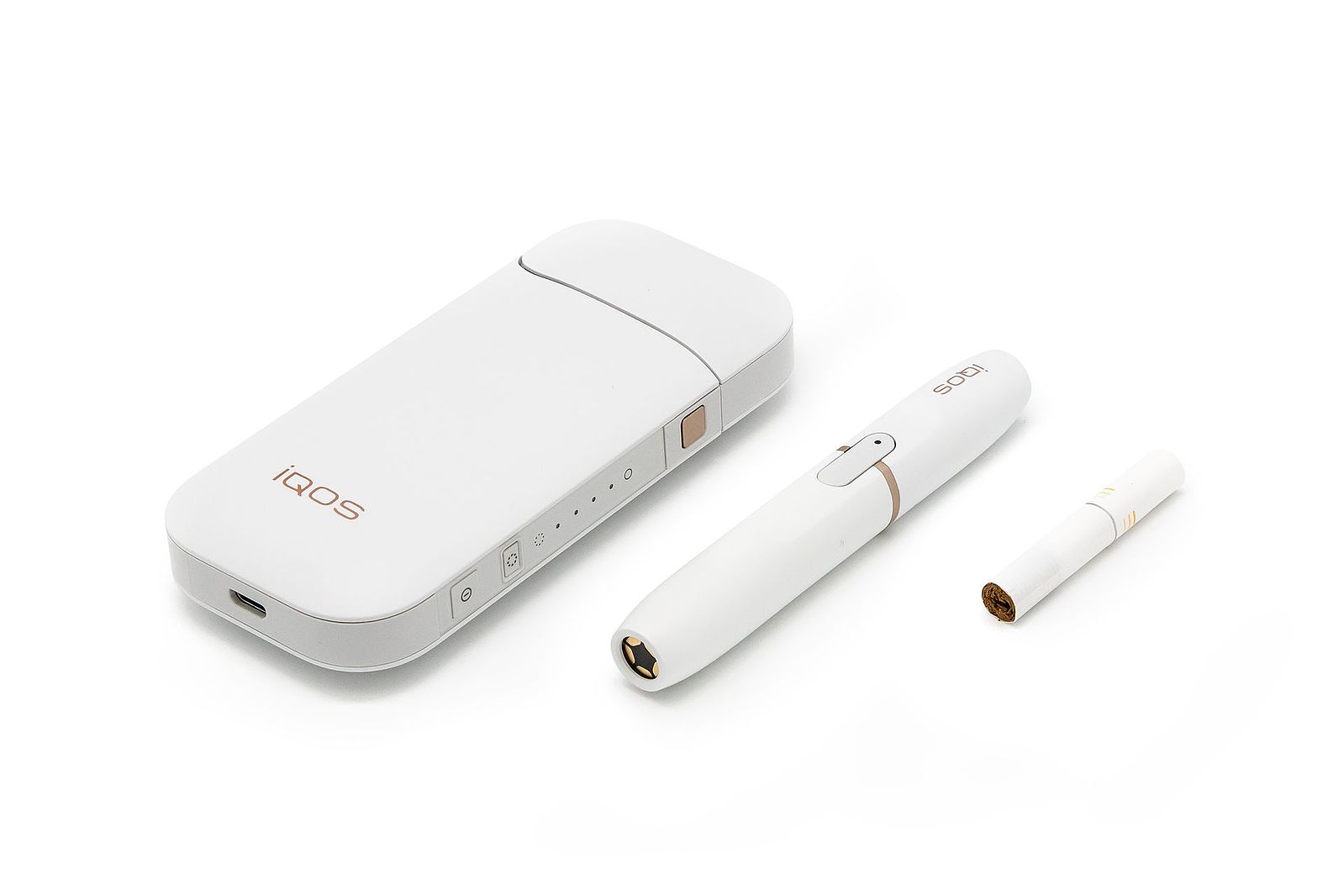

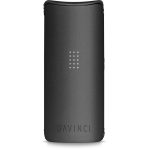 The Best Portable Vaporizer Under $150...
The Best Portable Vaporizer Under $150...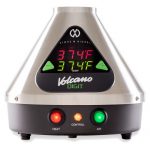 You Haven't Lived Until You've Tried This Vape...
You Haven't Lived Until You've Tried This Vape...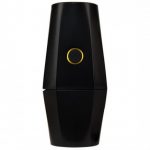 This Automatic Herb Grinder Can Roll You Joints...
This Automatic Herb Grinder Can Roll You Joints...